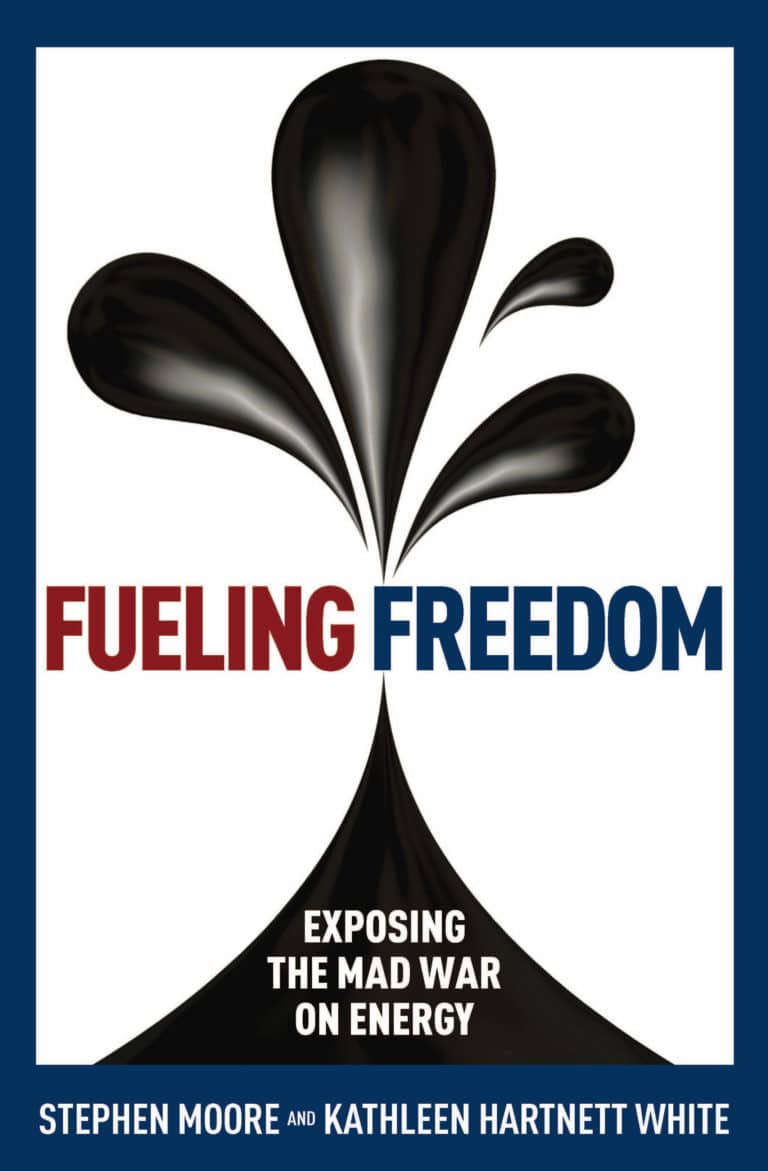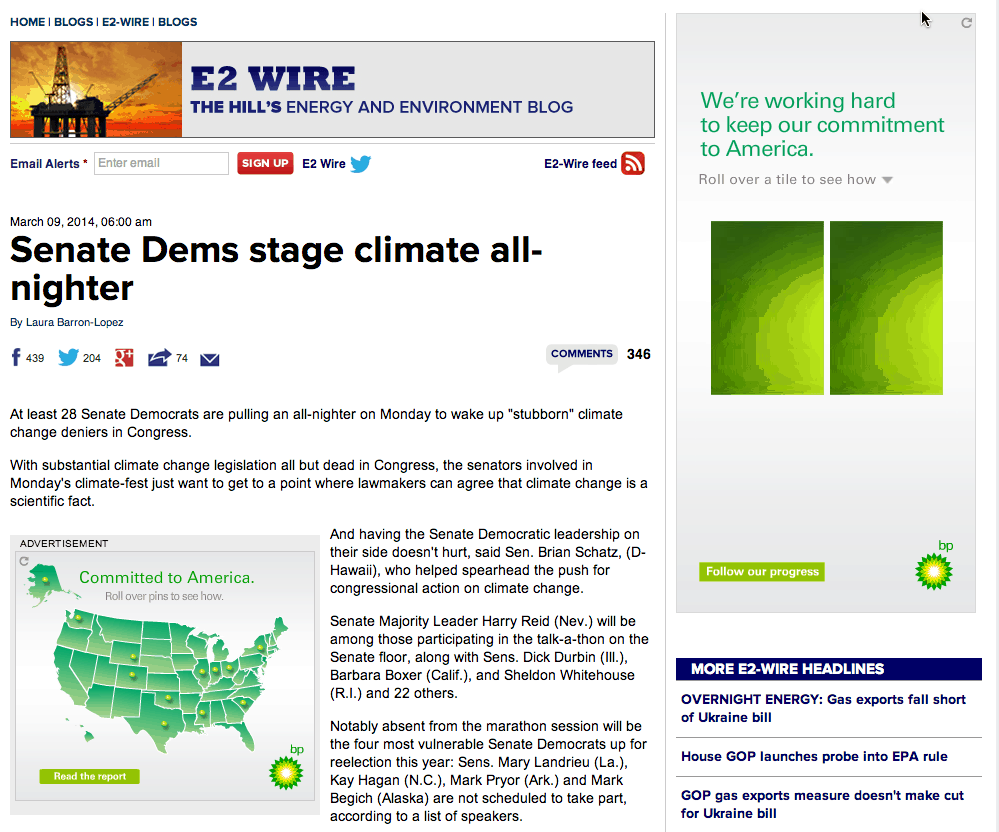Do Natural Gas Interests Create Or Amplify Bad News About Nuclear Energy? Will They Continue To Push?
“Don’t wait for a serious crisis to occur. Create one that can be more carefully controlled to your advantage.” Credit: Fictional natural gas futures trader whose last name might be Dulles or Bundy One of my favorite sources for natural gas industry news and opinions is RBN Energy LLC. Their blog is near the top…


